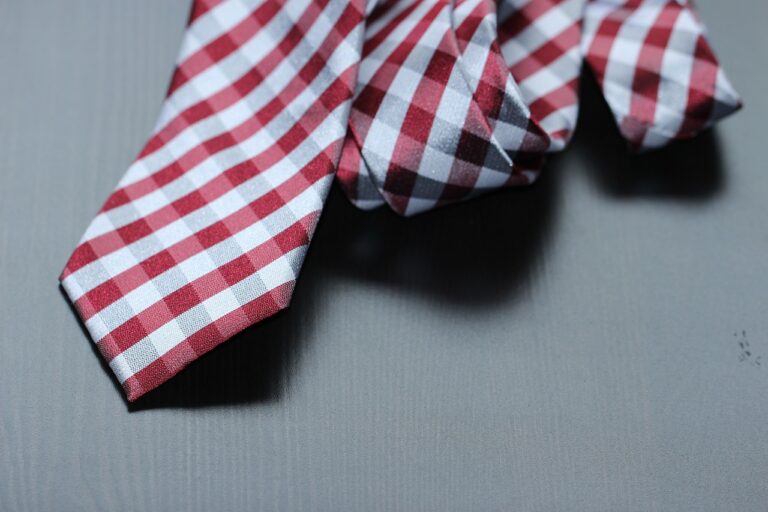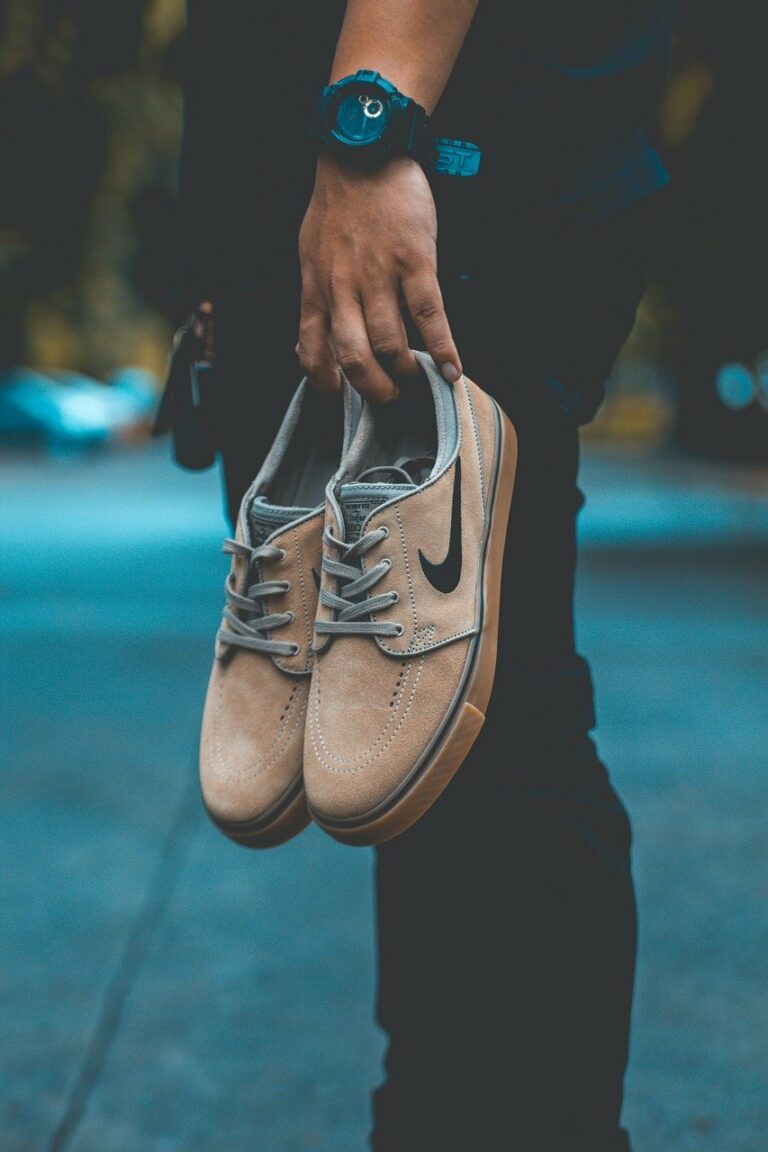Fashion and Biomaterials: Clothing Made from Algae, Fungi, and Bacteria
Biomaterials are natural or synthetic substances that can be used in various industries, including fashion. In the fashion industry, biomaterials are becoming increasingly popular due to their sustainable and eco-friendly characteristics. These materials can be derived from renewable sources such as plants, animals, and microorganisms, offering an alternative to traditional synthetic materials.
In fashion, biomaterials are used in clothing, accessories, and even footwear to create durable and innovative designs. They can be processed to mimic the properties of conventional fabrics like silk, cotton, or leather. Additionally, biomaterials often have unique qualities such as moisture-wicking, UV protection, and antimicrobial properties, making them highly versatile for fashion applications.
The Benefits of Using Algae as a Biomaterial in Clothing
Algae, a diverse group of aquatic organisms, are gaining popularity in the fashion industry as a sustainable biomaterial. These unique organisms have the potential to revolutionize clothing production due to their eco-friendly properties and minimal impact on the environment. The use of algae in clothing can significantly reduce the reliance on traditional textiles, which often involve resource-intensive processes and harmful chemicals.
One of the key benefits of using algae as a biomaterial in clothing is its biodegradability. Unlike synthetic fibers that take hundreds of years to decompose, clothing made from algae-based materials can naturally break down, minimizing waste and environmental pollution. Additionally, algae cultivation for textile production requires less water and land compared to traditional crops, making it a promising alternative for a more sustainable fashion industry.
Algae-based clothing is biodegradable, reducing waste and environmental pollution
Algae cultivation for textile production requires less water and land compared to traditional crops
Algae-based materials have minimal impact on the environment
Using algae as a biomaterial in clothing can help reduce reliance on resource-intensive processes and harmful chemicals
Exploring the Potential of Fungi in Sustainable Fashion
Fungi, although often overlooked in the realm of sustainable fashion, hold immense potential for revolutionizing the industry. With their natural ability to grow rapidly and adapt to various environments, fungi offer a promising alternative to conventional materials like cotton or polyester. Researchers and designers are now exploring innovative ways to harness the unique properties of fungi to create sustainable and biodegradable clothing options.
One of the most intriguing aspects of using fungi in fashion is their ability to be grown using organic waste materials such as agricultural byproducts or even textile waste. This not only reduces the reliance on resource-intensive crops but also helps in minimizing waste in the fashion supply chain. By utilizing fungi as a biomaterial, designers can create clothing that is not only eco-friendly but also stylish and durable, paving the way for a more sustainable future in the fashion industry.
What are biomaterials?
Biomaterials are natural materials derived from living organisms, such as plants, algae, and fungi, that can be used in various industries, including fashion.
How are biomaterials used in fashion?
Biomaterials are used in fashion as sustainable alternatives to traditional materials like cotton and polyester. They can be used to create fabrics, dyes, and other components of clothing.
What are the benefits of using algae as a biomaterial in clothing?
Algae is a sustainable and renewable resource that can be used to create biodegradable fabrics and dyes. It requires minimal resources to grow and can help reduce the environmental impact of the fashion industry.
How can fungi be used in sustainable fashion?
Fungi can be used to create biodegradable fabrics, dyes, and even leather-like materials. They are renewable, require minimal resources to grow, and have the potential to revolutionize the fashion industry.
What are some challenges in using fungi as biomaterials in fashion?
Some challenges in using fungi as biomaterials include scalability, cost, and consumer acceptance. Research and development are still ongoing to optimize the use of fungi in sustainable fashion.







